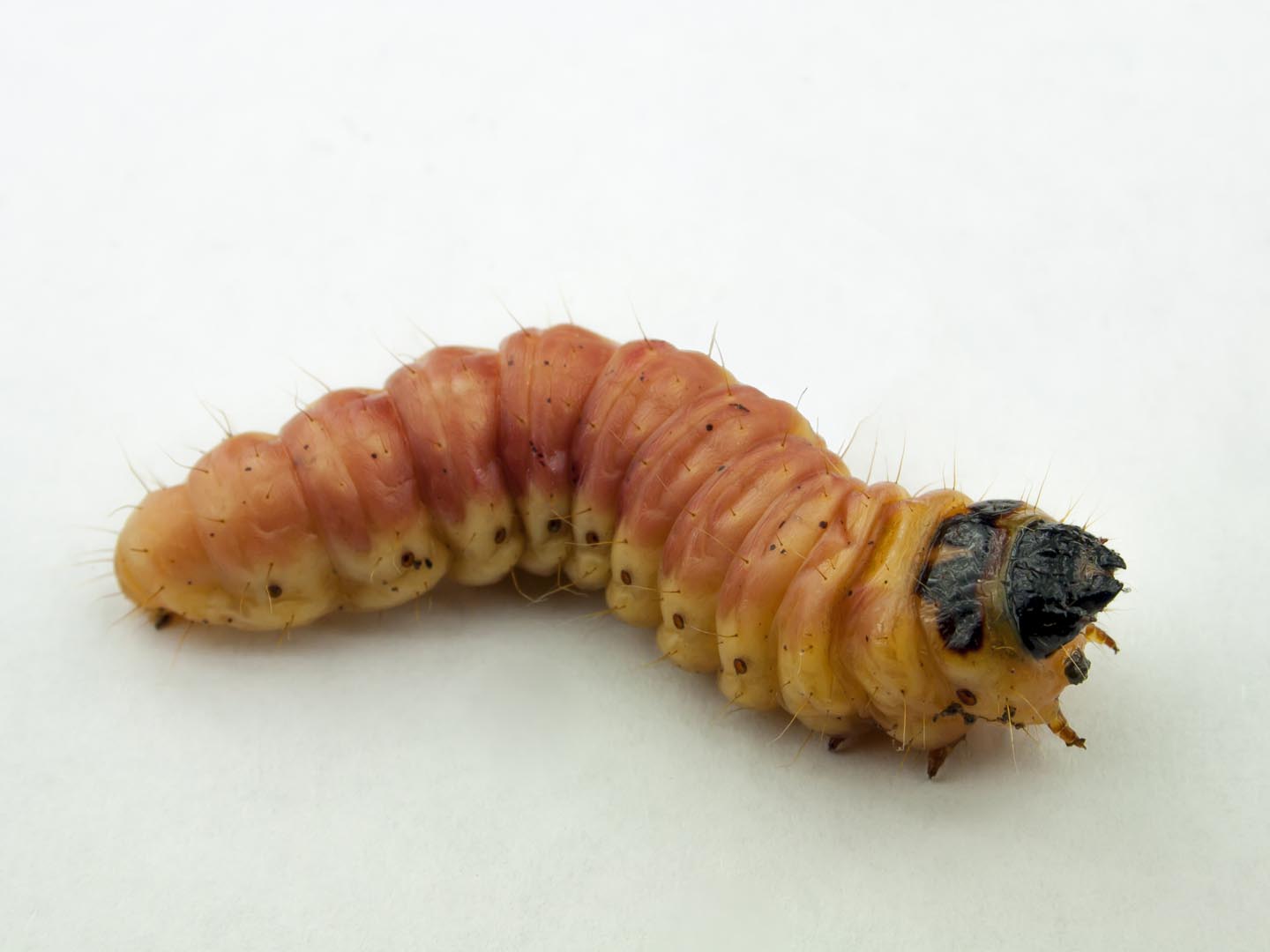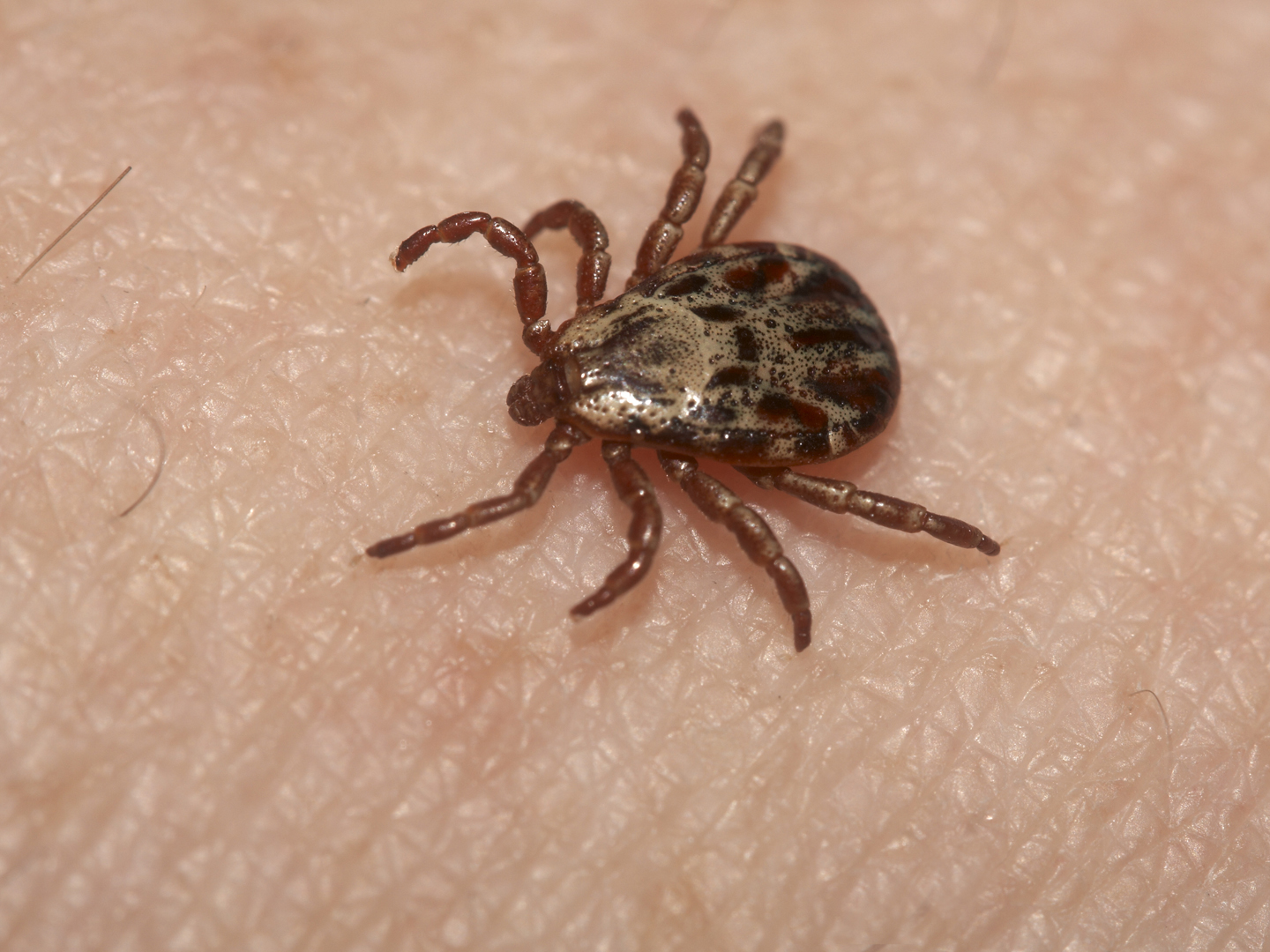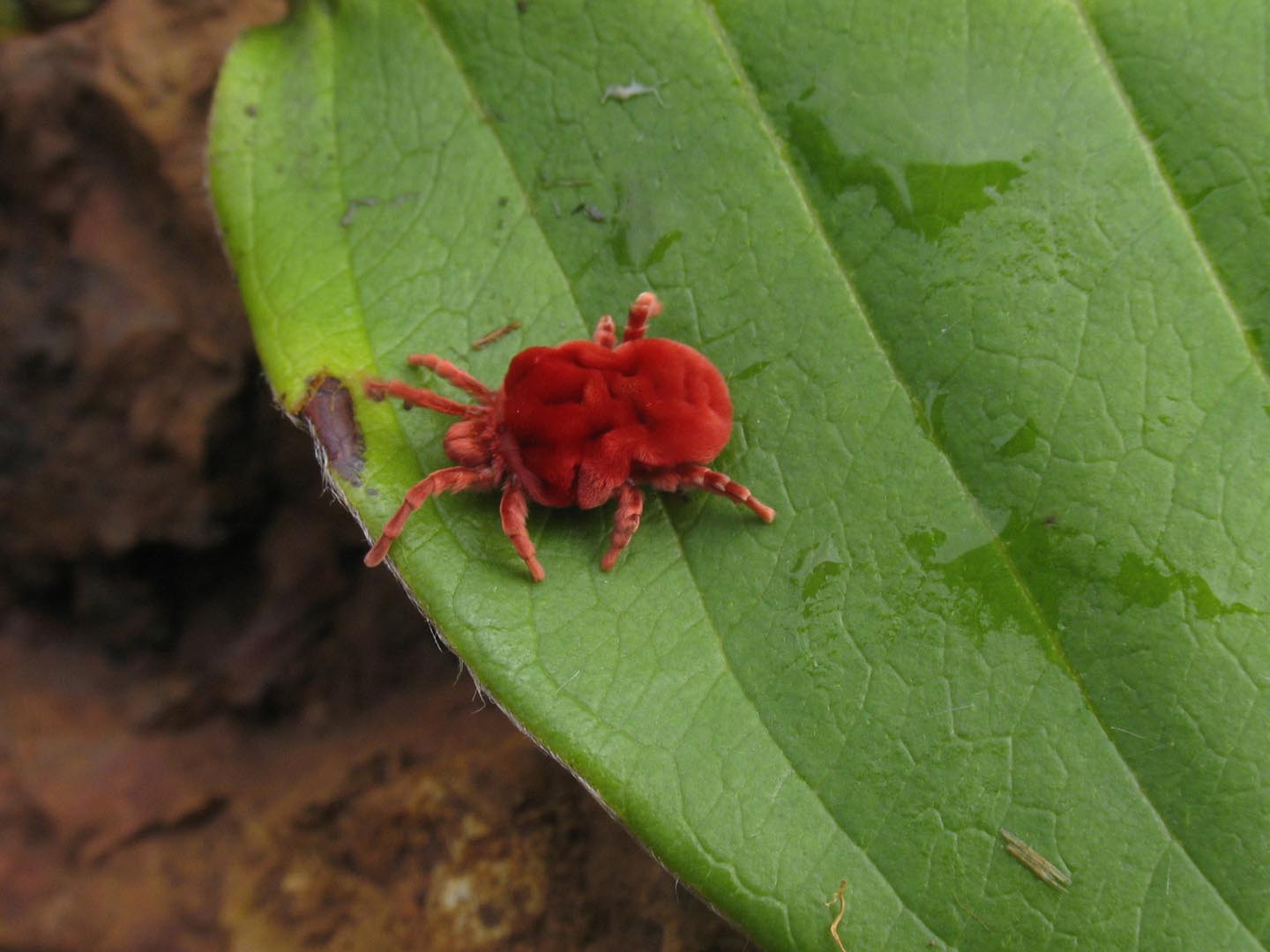Maggots For Wound Cleaning?
What can you tell me about using maggots for wound cleaning? I thought it was a sick joke, but I was told that it is medically approved.
Andrew Weil, M.D. | February 20, 2012

It’s no joke. Maggots (fly larvae) have been used for wound cleaning for centuries. The correct terminology for this method today is Maggot Debridement Therapy (MDT), which involves the use of live maggots to clean wounds that aren’t healing as well as they should. I’ve read that this strange-sounding treatment first came to medical attention when Napoleon’s surgeon general observed that soldiers’ wounds that became infested with maggots healed better than others.
MDT was used routinely in the early years of the 20th century but faded from the medical scene after the development of antibiotics and more modern surgical techniques. It made a comeback, of sorts, after a series of clinical trials in California that began in 1989 found that MDT is useful for cleaning certain types of wounds, primarily bed sores, diabetic foot ulcers and surgical wounds that are slow to heal. In 2004 the FDA began regulating medical maggots. It permits the production and marketing of a species of green blow flies (Phaenicia sericata) that consumes dead tissue.
You probably heard about maggot therapy as a result of publicity surrounding a French study published online on December 19, 2011 in the Archives of Dermatology. Investigators at the Universitaire de Caen randomly assigned 105 patients with non-healing venous ulcers on their legs to maggot therapy or traditional wound cleaning. (These ulcers or sores develop where veins in the legs have problems sending blood back to the heart.) All the patients agreed to maggot therapy, but they were then blindfolded during treatments so they wouldn’t see whether they were getting MDT or traditional wound cleaning with a scalpel. According to the investigators, the patients in both groups reported that treatment caused only mild pain and that about 10 patients in each group reported crawling sensations during their treatment.
The maggots, which are sterile, are taped into place in mesh bags that prevent them from crawling away and also allow air to enter. Maggots promote wound healing by secreting enzymes that liquefy dead tissue, which then drains away or is ingested by them.
The French investigators reported that after a week the wounds treated with maggots had improved more than those treated the traditional way, but this advantage didn’t persist; by day 15 of the study, wound healing was about the same in all the patients. They concluded that there is no benefit to continuing maggot therapy after one week.
One of the reasons maggots may come back into vogue for cleaning stubborn wounds is the increase in antibiotic resistant bacteria. The stuff the maggots secrete helps fight infections as it removes dead tissue. Stay tuned on this one. We may be hearing more about the value of maggots in medicine.
Andrew Weil, M.D.









